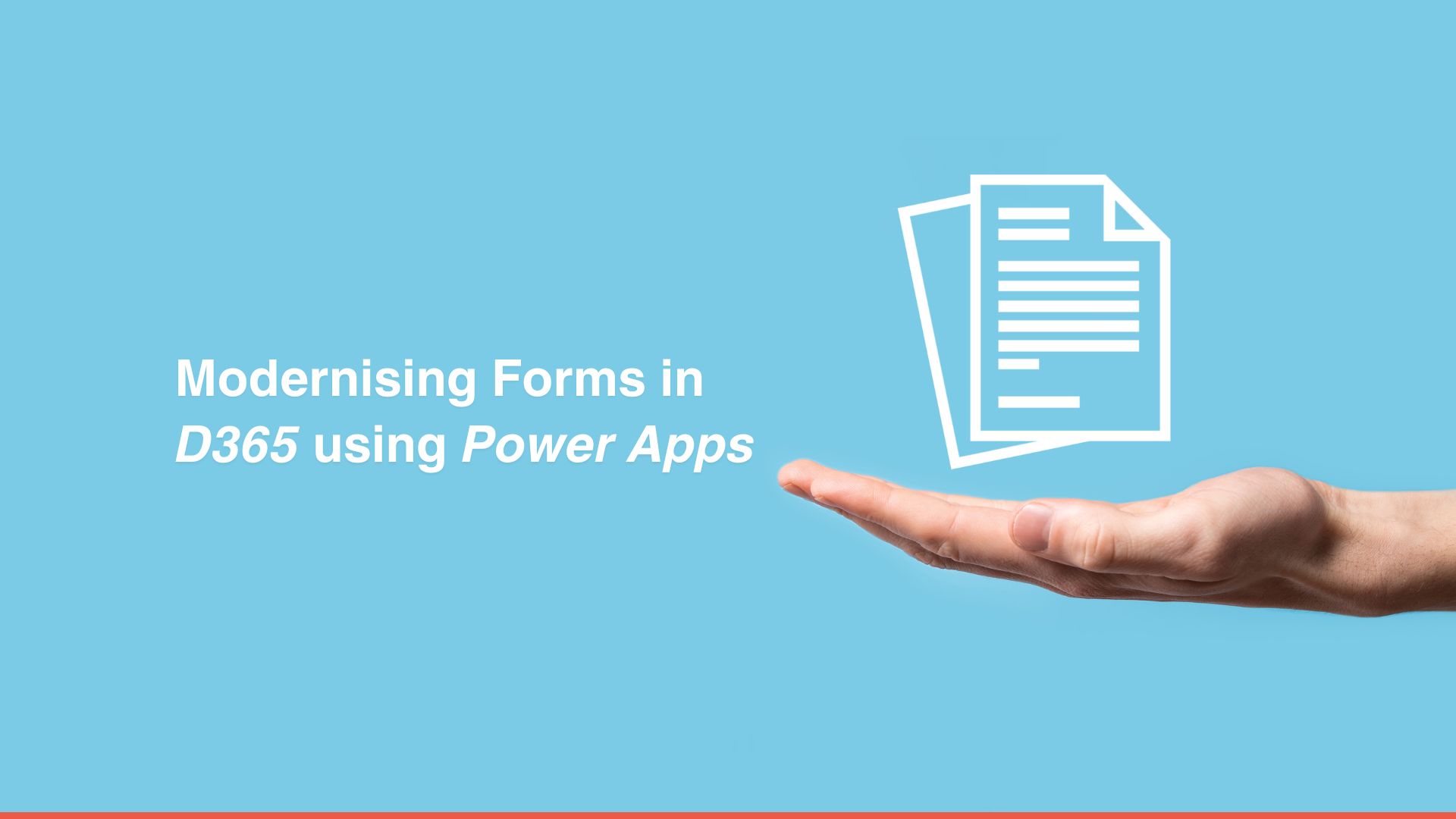Ensuring to modernise forms in Dynamics 365 Customer Engagement will be crucial for organisational success within the next two to three months as 2025 will begin. Power Apps offers powerful tools to modernise these forms, enhancing user experience and productivity. Let’s explore how to leverage Power Apps to transform your D365 CE forms into more dynamic, user-friendly interfaces.

Understanding Power Apps Form Component Control
The Power Apps Form Component Control revolutionises how we interact with forms in D365 CE. This feature allows you to embed multiple form components within a single interface, enabling direct editing of related records without switching between different forms.
This integration significantly streamlines workflow and improves data management efficiency.

Key Implementation Requirements to Modernise Forms in Dynamics 365
Before implementing Form Component Controls, ensure you have:
- Proper Environment Setup: Verify your D365 CE environment is updated to the latest version
- Required Permissions: Ensure you have system customiser or administrator privileges
- Clear Use Case: Identify specific forms that would benefit from component embedding
- Related Forms Ready: Prepare all related main forms with necessary fields
Setting Up Form Component Control
Follow these steps to implement the Form Component Control:
- Navigate to Power Apps maker portal
- Select your target environment
- Open the desired form in the form designer
- Add a new section for the component
- Insert the Form Component Control
- Configure the component properties and relationships
Power Apps Grid Control: Enhanced Data Visualisation
The Power Apps Grid Control takes form functionality to the next level by offering:
- Inline Editing: Update records directly within the grid
- Dynamic Filtering: Apply real-time filters to data
- Custom Sorting: Arrange information based on multiple criteria
- Responsive Design: Adapt to different screen sizes automatically
Advanced Grid Features
1. Column Customisation
- Resize columns dynamically
- Reorder columns through drag-and-drop
- Hide or show columns based on user preferences
2. Data Management
- Bulk edit capabilities
- Advanced sorting and filtering
- Automated data validation
3. Visual Enhancements
- Conditional formatting
- Custom color coding
- Progress indicators
Best Practices for Form Modernisation
1. Performance Optimisation
- Minimise the number of embedded components
- Optimise field loading sequences
- Cache frequently accessed data
2. User Experience Design
- Maintain consistent layout patterns
- Implement intuitive navigation
- Provide clear visual feedback
3. Data Integrity
- Implement validation rules
- Set up error handling
- Create audit trails
Implementation Strategy
Phase 1: Planning
- Audit existing forms
- Identify modernisation opportunities
- Create an implementation roadmap
- Define success metrics
Phase 2: Development
- Configure Form Component Controls
- Set up Grid Controls
- Implement custom business logic
- Develop validation rules
Phase 3: Testing
- Perform user acceptance testing
- Validate data integrity
- Test performance under load
- Document issues and resolutions
Common Challenges and Solutions
Challenge 1: Performance Issues
Solution: Implement lazy loading and optimise component rendering
Challenge 2: User Adoption
Solution: Provide comprehensive training and documentation
Challenge 3: Data Synchronisation
Solution: Establish robust error handling and recovery procedures

Tips for Success
- Start Small: Begin with a pilot project to test implementations
- Gather Feedback: Regularly collect user input for improvements
- Monitor Performance: Track system metrics and user patterns
- Iterate Continuously: Refine based on usage data and feedback
Future Considerations
As Power Apps continues to evolve, stay prepared for:
- New component features
- Enhanced integration capabilities
- Improved performance tools
- Advanced customisation options
Conclusion
Modernising D365 CE forms using Power Apps is a strategic investment in your organisation’s efficiency and user satisfaction. By carefully implementing Form Component Controls and Grid Controls, you can create a more dynamic and user-friendly environment that adapts to your business needs.

Remember that successful form modernisation is an iterative process. Start with clear objectives, and implement changes with the help of a Microsoft expert like Osmosys. Get in touch today for more information.


